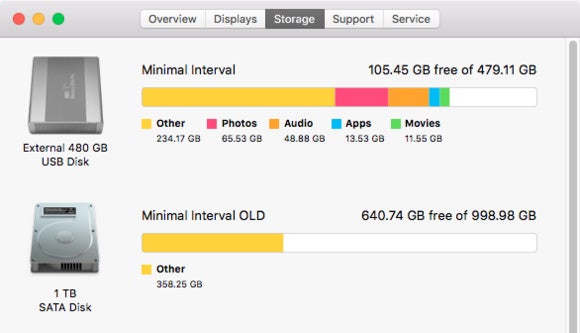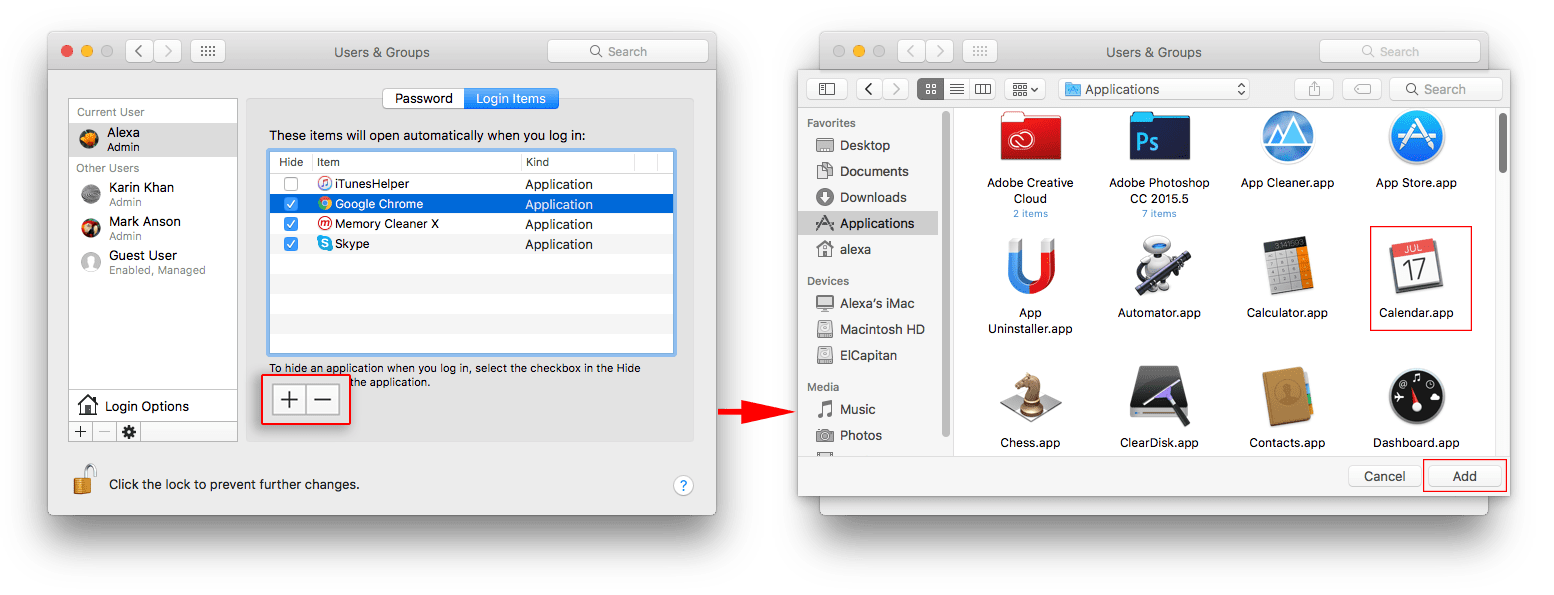Manage Apps That Launch On Startup Mac
Every time your Mac is turned on a number of applications, add-ons and invisible background processes start running automatically. In most cases these actions are exactly what you want to begin, but there are times when not all of the items that startup when the system does were added by you or, at least, you don't remember adding them or no longer need them.
The number of startup items – if left unmonitored – can increase over time, which proportionately affects the Mac's startup time and influences its overall performance. Obviously you only want to start the programs and processes you need and are useful for the computer, which is why we’ve given a few important tips on how to identify and manage startup and login items.

Download CleanMyMac X from MacPaw’s website and clean up to 500MB of junk data from your computer while enjoying all the features of the software without major limitations.
Jun 23, 2018 How to change or add Startup programs on Mac – MacOS Sierra: Startup programs running on your Mac (in this case, operating on MacOS High Sierra), give you an opportunity to initialize needed programs each time you boot the MacBook Pro.The login items consist of documents, applications, shared volumes and others.
Understanding Login Items
Each user account has its own different login items because of the apps that each specific account has installed and activated. Apple allows for two ways to add a login item, either by using the Service Management framework or by using a shared file list.
The items installed using the Service Management framework don't appear in System Preferences and can be removed only by the apps that installed them. The user only has direct control over the item(s) installed through a shared file, which allows them to disable it. To view these files, open System Preferences, click Users & Groups > Select user and then select the “Login Items” tab. Here you can add or remove apps, documents, folders, or server connections.
- To add a connection, click on the add button (+).
- To remove a login item, select the name of the item, and click on the remove button (−).
- If you don't want an item's windows to be visible after startup, select the “Hide” checkbox next to the item.
Understanding Startup Items
Apple discourages developers from adding startup items to their apps, saying it is deprecated technology, and instead recommends adding launch daemons and agents. macOS versions 10.3 and earlier rely on this technology, which utilizes two folders: “Library/StartupItems” and “/System/Library/StartupItems”.
The startup item typically contains a shell script or other executable file, along with configuration information that helps the system determine the execution order for all startup items.
To check the status of the startup items folder, launch Finder, press the Command + Shift + G keys, and enter the following path: “/System/Library/StartupItems”. Normally, it should be empty but if, for some reason, you see any items there, simply select all and drag them into the trash.
Launch Daemons and Agents
With macOS 10.4 Tiger, Apple introduced the launch daemons and agents mechanism for launching items automatically, a process that is controlled by “launchd”. Apps contain a configuration property list file (.plist) for their daemon, which launchd then reads and makes decisions based on the information it receives from there, such as whether it should run at scheduled intervals, constantly, or in response to an event.
While macOS stores a long list of .plist files in two places (“/System/Library/LaunchDaemons” and “/System/Library/LaunchAgents”), you don't want to mess with either of those, since they are essential to keeping your Mac running smoothly. You can control the items located in the “/Users/your-username/Library/LaunchAgents”, however.
How to Manage Login and Startup Items Along With Launch Agents
Manually
Advanced users may prefer using Terminal to unload or enable launch daemon agents, but fortunately there is an easy way to control this function of the Mac and improve your machine’s boot time and overall performance. In some cases login items can be broken, which will naturally affect the Mac's performance, so it's good to check on their status from time to time.
To remove a service from launchd, type the following command in the Terminal window:
launchctl remove name
Using a Mac Optimization App
Along with cleaning up your system, Mac optimization apps such as CleanMyMac also provide utilities that help the average user easily manage login items and launch agents, as well as startup items, in four easy steps.

- Launch CleanMyMac and click on the Extensions tab.
- Click on Login items or Launch Agents.
- Select the apps you want to disable and remove.
- Hit the “Remove” button and the process is finished.
After this, the next time you turn your Mac on, you'll notice an improvement in its boot time, especially if the list of login items was quite long.
Best Mac Optimization Software of 2020
Apps In Startup Menu

| Rank | Company | Info | Visit |
| |||
| |||
|
Windows 10 Startup Apps
Get the Best Deals on Mac Optimization Software
Programs Launch On Startup
Stay up to date on the latest tech news and discounts on Mac optimization software with our monthly newsletter.